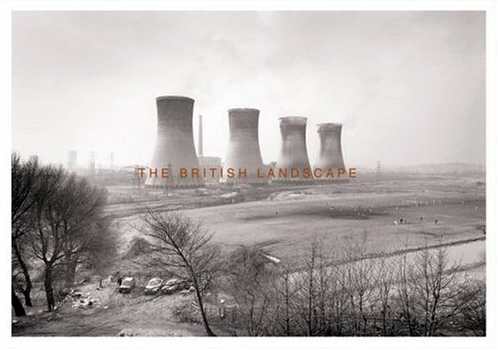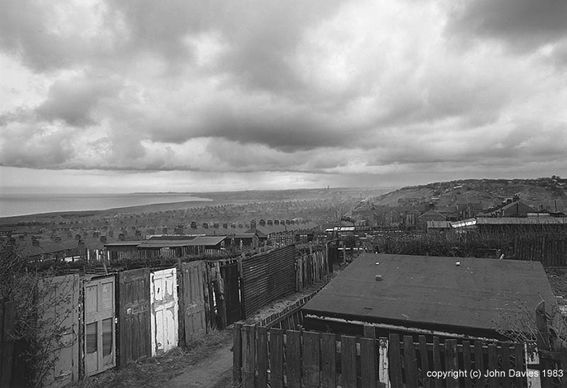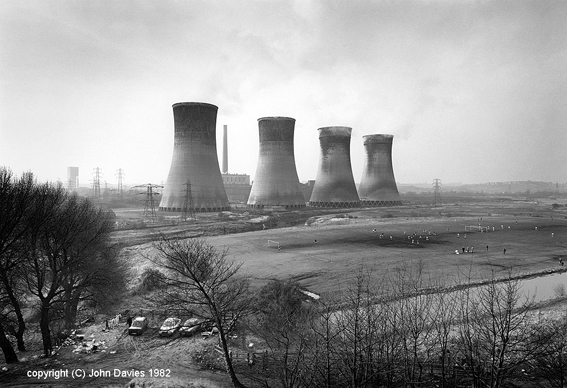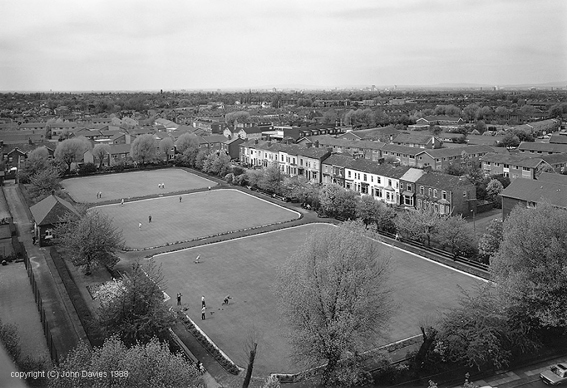JOHN DAVIES & EASINGTON COLLIERY
August 23rd, 2008 admin“To view the landscape as a pictorial composition of elements is simplistic. To perceive the landscape within a set of rules (art, science, politics, religion, community, business, industry, sport and leisure) is a way people can deal with the complexity of meanings that are presented in our environment. We are collectively responsible for shaping the landscape we occupy and in turn the landscape shapes us whether we are aware of it or not.” John Davies
One of the most impressive books published in the last decade by a British photographer looking at Britain is by the celebrated landscape photographer John Davies. The British Landscape (published: Chris Boot Ltd, 2006) features 60 of Davies’ landscape photographs of Britain, made between 1979 and 2005, presented in the order in which they were taken on a large scale with excellent printing reproduction.
I was reminded of Davies’ book while wandering the labyrinth of paths around the North Allotment in Easington Colliery trying to track down Billy Marr’s pigeon lofts. It was here that Davies took one of his celebrated photographs ‘Allotments, Easington Colliery, County Durham’ over twenty years ago. The photograph (reproduced below) shows one of the footpaths through the allotments with a series of old wooden doors used as fences, while in the distance are hundreds of terraced ‘colliery houses’ under a signature moody sky. The photograph is reproduced in his book and was originally taken for an exhibition commission called Durham Coalfield, which was first shown at Side Gallery in Newcastle, 1983.
Allotments, Easington Colliery, County Durham © John Davies, 1983
Easington Colliery began when the pit was sunk in 1899, near the coast. Thousands of workers came to the area from all parts of Britain and with the new community came new shops, pubs, clubs, and rows of terraced colliery houses for the mine workers and their families. The town is known for a mining accident which occurred, on 29 May 1951 when an explosion in the mine resulted in the deaths of 83 men.
The Durham Coalfield exhibition focused on one industry’s effect on the landscape – coal production. Davies concentrated on the comparatively few places in the area (about 70 pits were closed during the 1960s) that were still producing coal – mainly 13 working collieries, the major opencast mines, and to a lesser extent the drift mines and sea-coal gatherers. His photographs, with their combination of general view and finely noted detail, make powerful and visually sensitive documents of the effect on the Durham landscape of two centuries of coal mining.
The allotments had changed little since Davies’ photograph was taken, with the old wooden doors still standing proud. However, the town has changed significantly with the closure of the mine in 1993 and the loss of 1,400 jobs. This caused a massive decline in the local economy; Easington Colliery is currently the 4th most economically deprived place in England.
You can see all his photographs from the commission here.
With reference to We English and my interest in leisure, here are two more of Davies’ photographs, including the iconic image ‘Agecroft Power Station, England, 1982’ which features on the cover of The British Landscape:
and ‘Bowling Greens, Stockport, England, 1988’:
You can read a review of The British Landscape on the blog Photography & Books here.
You can see more of John Davies work on his website here.
Davies’ is represented by Michael Hoppen Gallery in London, and you can read his biography here.





